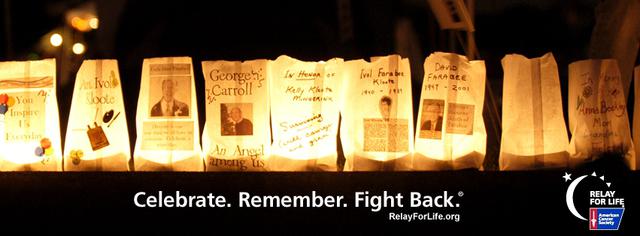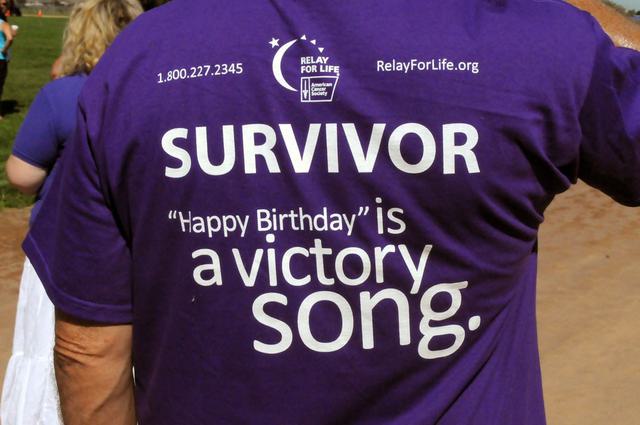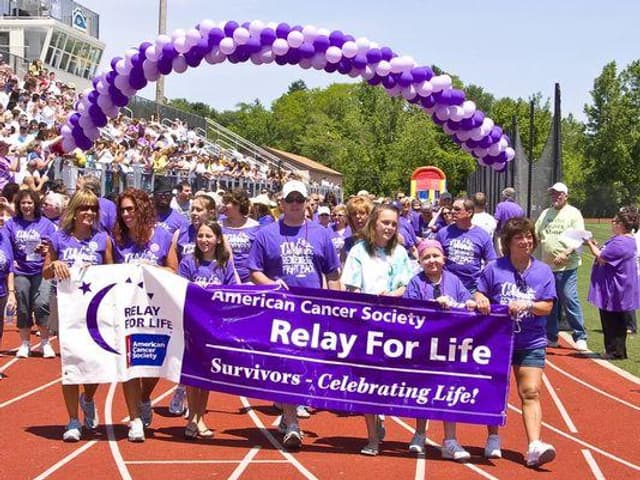American Cancer Society: Relay For Life
- Exhibited by
- Gary Kernahan, Head of Regional Fundraising & Supporter Care, Muscular Dystrophy UK
- Added
- April 12, 2017
- Medium of Communication
- Online, Event
- Target Audience
- Individuals, Awareness
- Type of Charity
- Healthcare
- Country of Origin
- UK
- Date of first appearance
- 1986
SOFII’s view
A community fundraising event that demonstrates the importance of creating a value proposition that will resonate emotionally with its target audience.
Summary / objectives
American Cancer Society’s Relay For Life is the world’s largest community fundraising event and its signature walk to raise money to beat cancer. More than four million people in over 20 countries come together and honour cancer survivors, remember loved ones lost and fight the disease by raising funds that will go to cutting-edge research. Relays are 24-hour overnight events in which teams walk or run continuously in recognition of the fact that cancer never sleeps. To date Relay For Life has raised nearly $5 billion.
Background
In 1985 a cancer surgeon called Dr Gordy Klatt decided to raise funds for the American Cancer Society. To raise money he decided to walk and run around an athletics track in Tacoma, Washington. During his challenge family, friends and members of the local community came to support Dr Klatt who went onto raise $27,000.
As he circled the track, he thought about how he could get others to take part. The following year a 24-hour team event was introduced with 19 teams taking part and Relay for Life was born.
Relay For Life is tied closely with the cause and it recognises the many different groups of people impacted by cancer. There are three main parts to each Relay For Life event: the Survivors Lap, the Luminaria Ceremony and the Fight Back Ceremony. These symbolic traditions serve to promote the core elements of the Relay For Life’s message: celebrate, remember and fight back.
Special characteristics
Relay For Life is led by a committee of local volunteers who work to bring teams of eight to 12 people together.
During this 24-hour event, the teams camp out overnight and take it in turns to walk, run, or crawl around a track. Each team is required to have at least one member on the field at all times to symbolise how the fight against cancer never sleeps. Special highlights of the event include the cancer survivors lap and reception, activities to raise awareness of cancer prevention and the moving candle of hope ceremony, when the event stops to remember those who lost their battle against cancer.
Influence / impact
Relay For Life mobilises communities and has created a movement that has inspired people across the world.
Relay For Life, 31 years later, is the world’s biggest fundraising event having raised more than $5 billion. In the USA, 5,200 communities and 465 college campuses will host their own relays this year.
In the 1990s the American Cancer Society began to offer development grants to other cancer charities around the world to enable them to adopt Relay For Life. Today more than four million people in 26 different countries will participate in relays raising $80 million.
Integrated mission delivery can be achieved by the events key components bringing the organisations services together (e.g. research, advocacy, cancer awareness and cancer survivorship).
Other relevant information
Gary Kernahan, Head of Regional Development at Muscular Dystrophy UK, presented Relay For Life at I Wish I'd Thought Of That IWITOT 2016.




Also in Categories
-

















